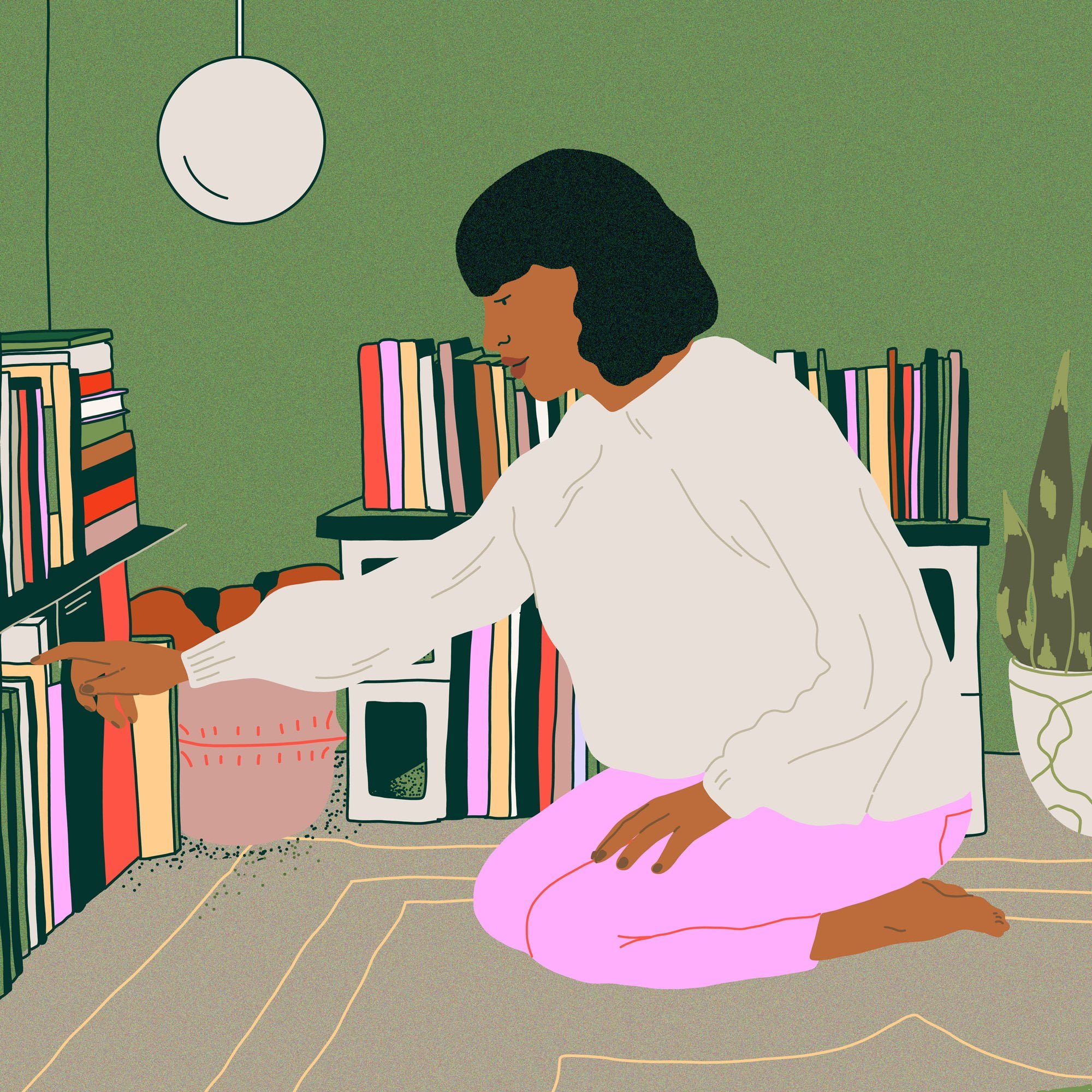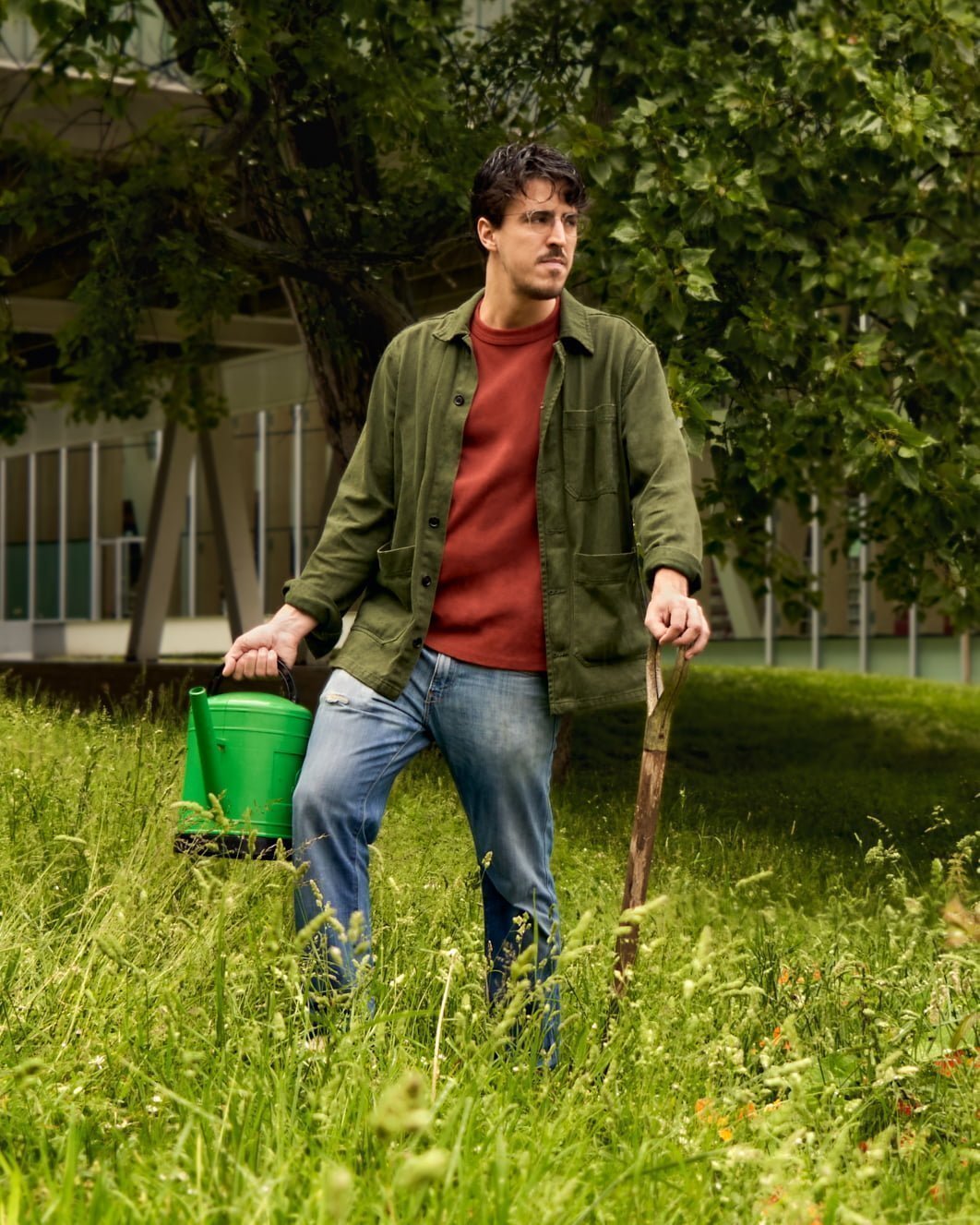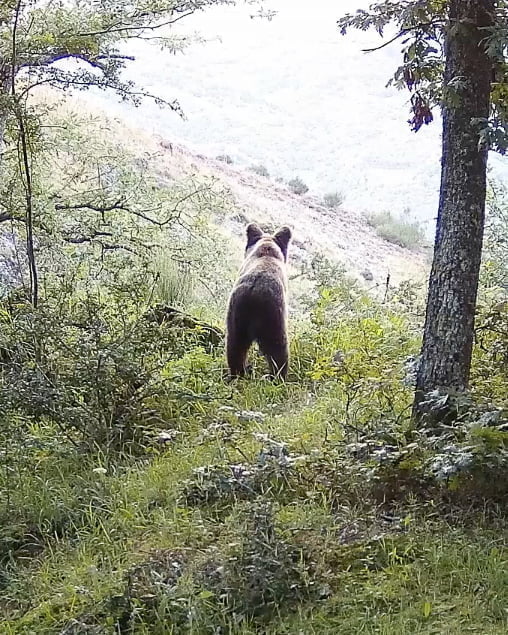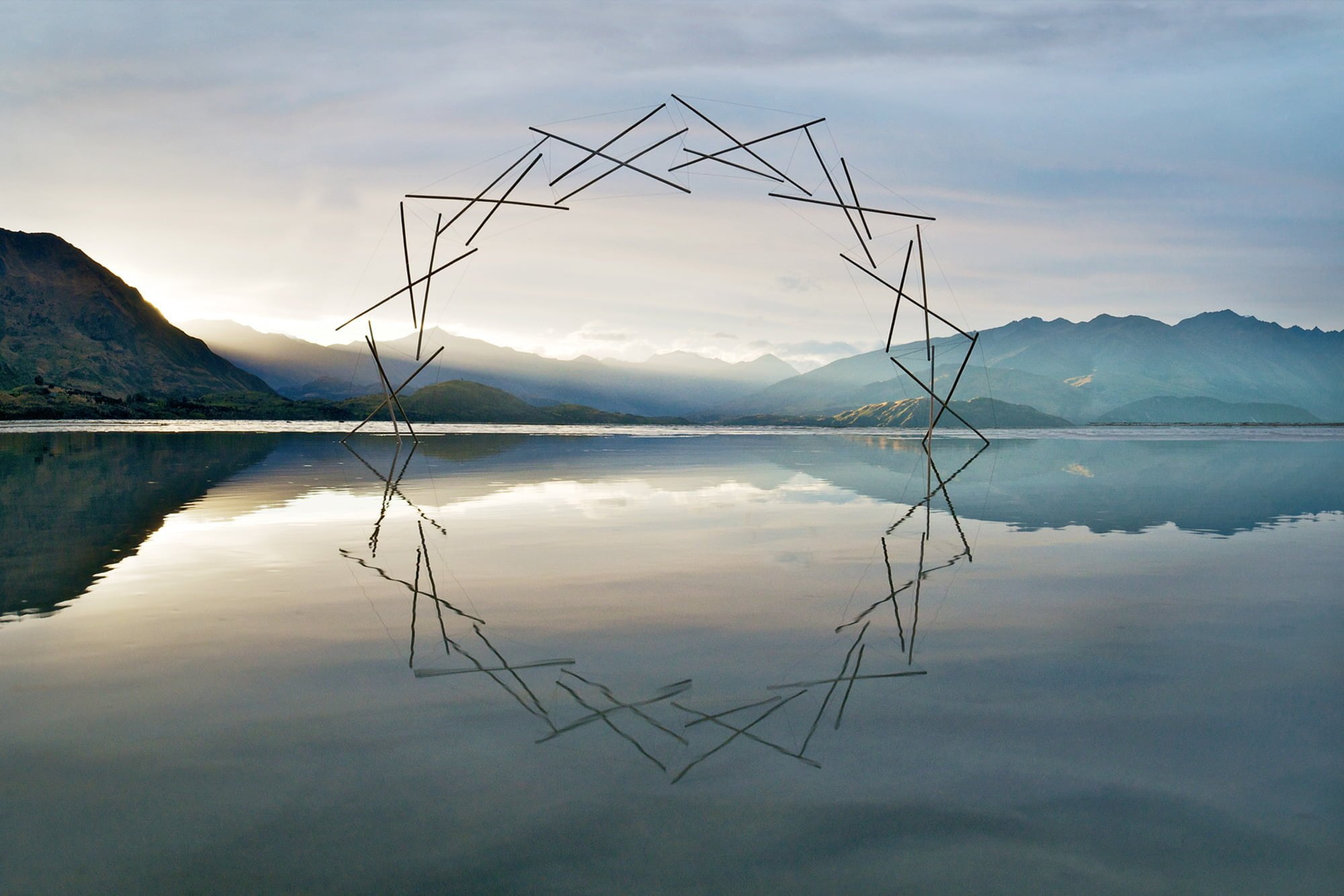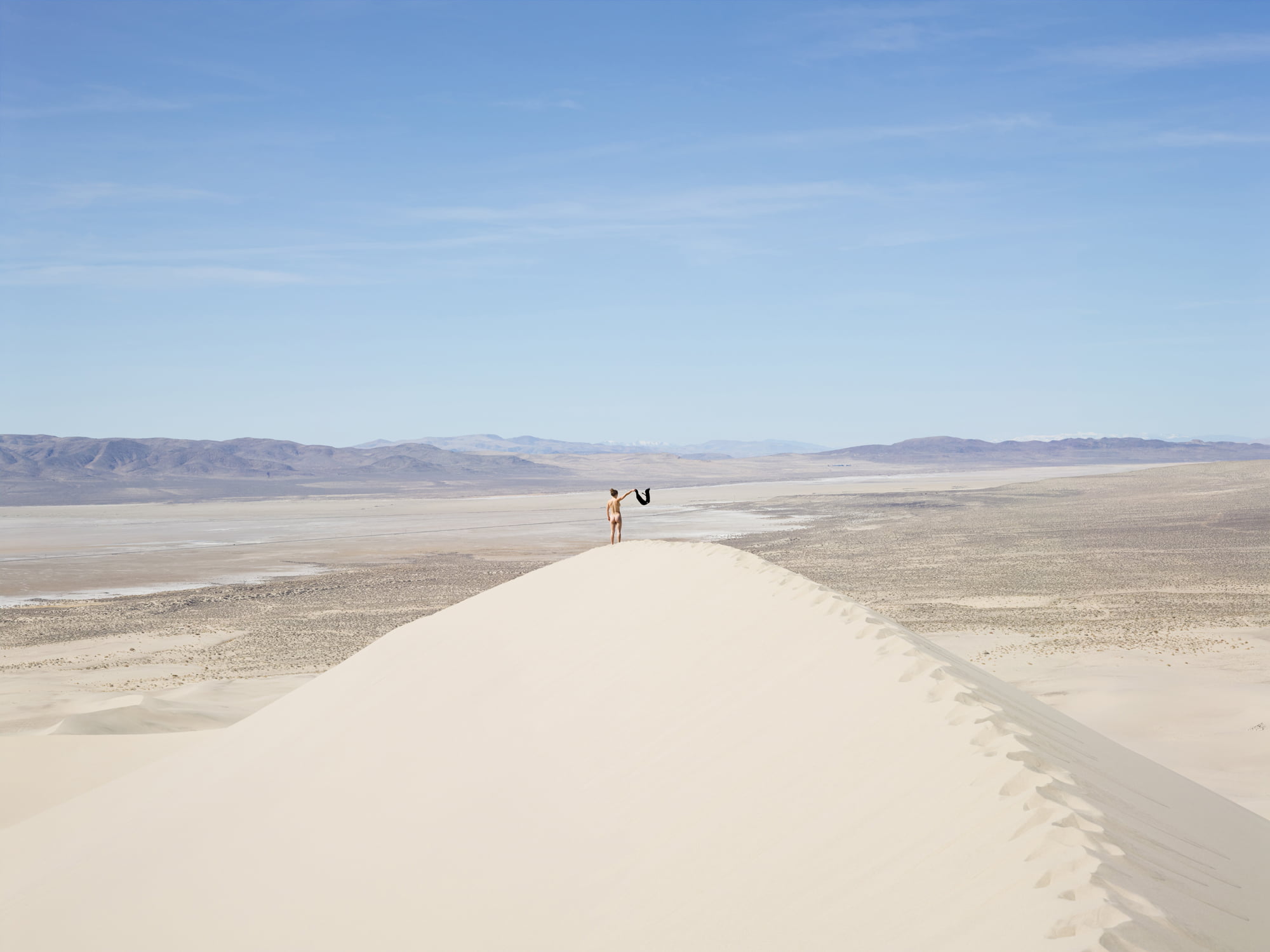We all want to do everything we can to protect the planet. But wanting to do it isn’t the same as actually doing it. At least, not for all of us…It’s me vs the saint next door.
I’m secretly jealous of our neighbours. And not in the classic keeping-up-with-the-Joneses way: it has nothing to do with the size of their house or bank account. It’s because their lives are much more sustainable than ours. Over at their place, vegan or vegetarian dinners are the new norm, most nights. Their teenage son recently decided to go 100% vegetarian and prefers weekends in nature, spotting wild birds to gaming with friends. And they’re meticulous about separating their trash.
The story is different in our house. Yes, we try and do our bit. But I can’t seem to give up my cow-milk lattes and cheese addiction, my husband loves nothing more than firing up the BBQ for a sizzling steak, and my children have an unwholesome preference for processed meat (usually sausage-shaped). To top it all off I’ve just booked a flight to Sardinia for the family. I justify this in the usual ways.
“Will it really take wet feet to wake me up? Why am I not doing more?”
We’re able to tell stories like this because of people like you. Join others from around the world in supporting Imagine5’s mission towards a sustainable future. Become a member, or donate what you can. Join today and receive our latest magazine for free.
It’s not that I don’t care. Or don’t know. I’ve seen the graphs. I’ve read the reports. I eyeball the predictions. The ice caps. Rising water levels. I’m up-to-date on all of it. But it just won’t sink in, which is strange, because I live in Amsterdam, which is two metres below sea level. You’d think I would connect the dots. I love this city. Its history. The grand old canal houses that have stood their ground for 400 years. I can’t let this all go under. So will it really take wet feet to wake me up? Why am I not doing more?
Clear and present bias
First up: there’s the way we’re wired. And no, it’s not an attempt to let myself off the hook, it’s just worth realising that as a species, we’re better at responding to direct, immediate dangers. Not the slow, simmering threat that is global warming. It’s what psychologists call “the present bias”, where we prioritise today over anything more distant. Even the deluge of scorched earth headlines that you would think would spur us into action with a sense of urgency have been shown to hinder rather than help, as we succumb to message fatigue or simply feel too small to make a difference.
I’m not the only one struggling. Research by data analytics company Kantar shows that 92% of people say they want to live a sustainable life, but only 16% are doing anything to actively change their choices. This is called the “intention-action gap”, and as I place a steak in my shopping basket for tonight’s dinner, I can feel it yawning ever wider. So how do we overcome it?
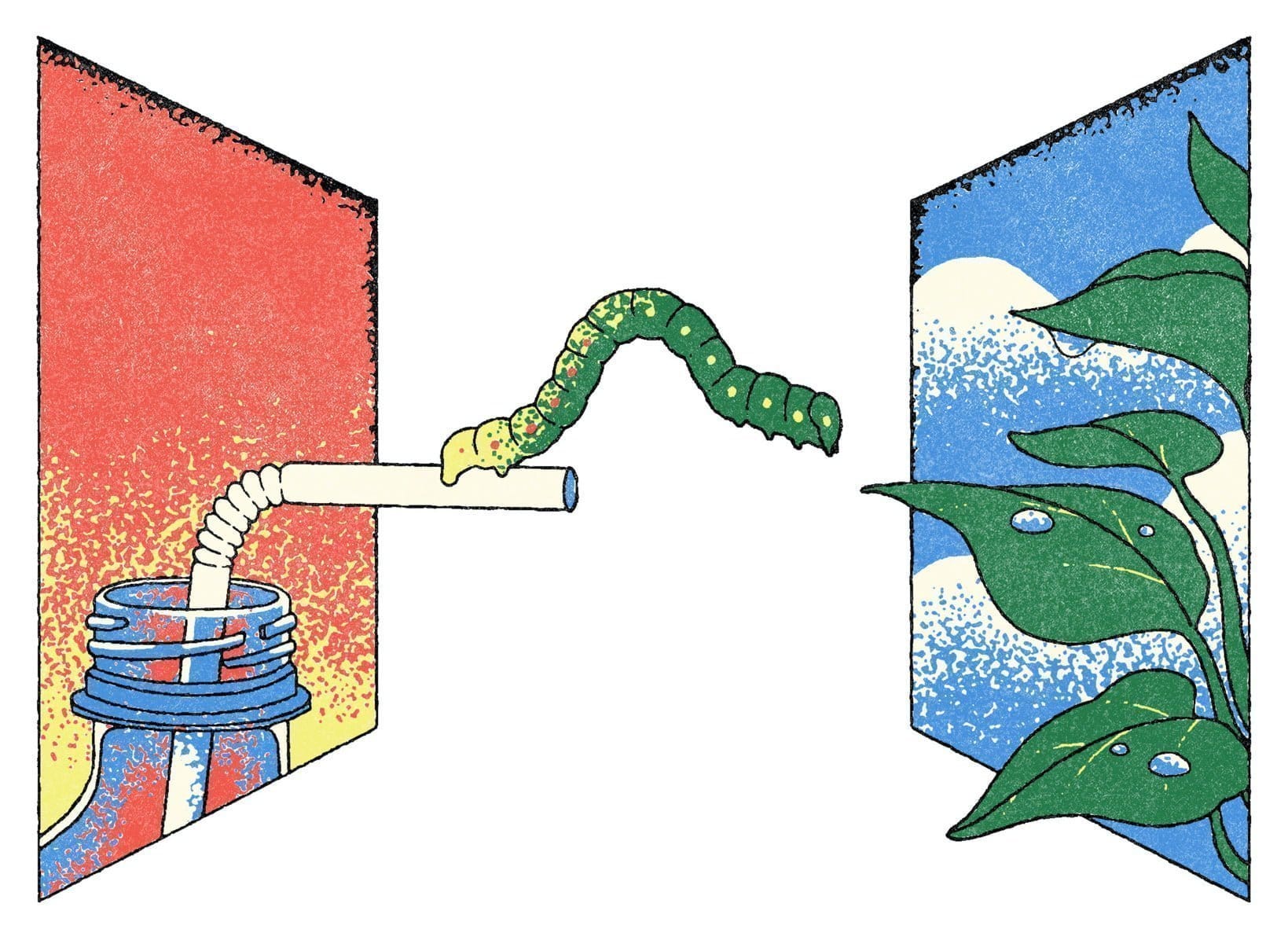
As a behavioural scientist, this question is top-of-mind for Mindy Hernandez and her team at the World Resources Institute (WRI), a non-profit global research organisation, where she leads the Living Lab for Equitable Climate Action. She has advised governments, companies and NGOs around the world and identifies ‘hassle’, as the number-one biggest barrier preventing us from being our best selves.
“What you want is to create a waterslide for action, where it’s just so easy, it’s frictionless”
Mindy Hernandez
Hassle can be any kind of inconvenience that makes the sustainable option require extra effort. Like how you don’t take your bike in the morning because there’s a chance it might rain and you still need to get a raincoat. Or how the organic market is two blocks past the supermarket and only open between 10am to 3pm on Wednesdays. And what about the eco-fashion label you try ordering from that requires you to make an account first, complete with 12-character password including one capital letter, two numbers and three different signs? Mindy is spot-on about hassle. “So, what you want to be able to do,” she says, “is create a waterslide for action, where it’s just so easy, it’s frictionless for you to move from what you want to do to what you’re actually doing.”
This friction can be tackled at two levels – individually and externally. The individual level relates to ways we can make our own behavioural changes easier, whereas the external level is about redesigning the world around us to support a greener lifestyle.

Start small
The best place to start as individuals, Mindy explains, is to focus on one behaviour we think is achievable, instead of trying to do everything at once and feeling overwhelmed. “Ask yourself, what’s one thing that feels very feasible that you have control over. Can you eat less meat one day a week? What feels possible? Then take that step,” she says. “Psychologically we tend to follow through on behaviours where we feel successful,” she adds. “By dipping your toe in, with something that feels feasible, you’re setting yourself up for success. And that makes you want to follow through on it more.” We’re all able to do something, she stresses. “Even if you feel incapable of changing your life you can still talk to people about the climate and vote based on your beliefs. That matters.”
It’s a refreshing move away from an all-or-nothing approach to environmentalism that prevents people from embarking on those vital first steps that can pave the way to more. And while the conversation shouldn’t just be about what we as individuals can do – we also need radical systems-level solutions, with governments and big industry players taking responsibility too – why wait? Why not see what we can achieve as communities of individuals, driving change from the ground up? Governments and companies are made up of people.
“Household behaviours account for 72% of global greenhouse gas emissions”
Focus on impact
Once you feel ready for a few lower-carbon choices, it makes sense to opt for actions that have the highest impact. Research identifies three key areas where we can make the most difference as individual consumers: mobility, food and heating. These dominate household consumption footprints, along with air travel. It is estimated that household behaviours account for 72% of global greenhouse gas emissions, so there is a lot to gain here – as my neighbours clearly understand already.
The message is an encouraging one, because it means that we get to be eco-warriors everyday, taking action in a multitude of practical ways such as turning down the thermostat or swapping a beef burger for a chicken-in-a-bun. It may not be the stuff of a TED Talk, or a viral social media post, but that doesn’t mean it’s not meaningful or that these efforts aren’t equally worthy of applause. You’d be surprised at the impact you can achieve by simply replacing red meat with chicken. Cut out beef entirely and you can really amp up your contribution to our communal planetary future. Replacing 20% of the world’s beef consumption with microbial protein could halve the destruction of the planet’s forests over the next three decades, a recent study in Nature predicts.
“Going green doesn’t have to be a chore, when you’re gaining more than you’re giving up”
Win, win, win
Many of these individual changes are not only better for the planet, they’re better for our pocket and our health too. But there’s a triple win up for grabs: happiness. Taking environmental action also makes us feel better, a recent study reveals. The Cardiff University survey collected data from 7,000 people across seven very different countries: Brazil, China, Denmark, India, Poland, South Africa and the UK. The findings showed the same effect across the board: the more people engage in environmentally-friendly activities, from tackling food waste to buying sustainable products or getting involved in conservation, the greater their sense of wellbeing.
This is a potent intrinsic driver, because it shows that going green doesn’t have to be a chore. When you’re gaining more than you’re giving up, and doing things because they feel good, instead of because you know you should, the friction vanishes. Just think of any kind of exercise you’ve tried but don’t enjoy and you understand the dynamics at play.
Systems-level support
However, we also need support and there are external systems that can be put in place to make sustainable choices easier, Mindy explains. The focus here is on enabling people, instead of just informing or inspiring them. Think of everything from making green energy the default option (requiring effort to opt out instead of in), to boosting the visibility of recycling bins to increasing the number of EV charging stations. Upgrading bike lanes also works. It’s known that women especially are more likely to cycle if there’s a barrier between the bike lane and the cars, because it makes them feel safer, Mindy explains. So just introducing these barriers – which are easy for city councils to do – can dramatically increase the number of people choosing to cycle and doesn’t require extra infrastructure. But the obstacles are different for different communities, it’s important to first identify what those obstacles are for different groups, to be able to design solutions around them.
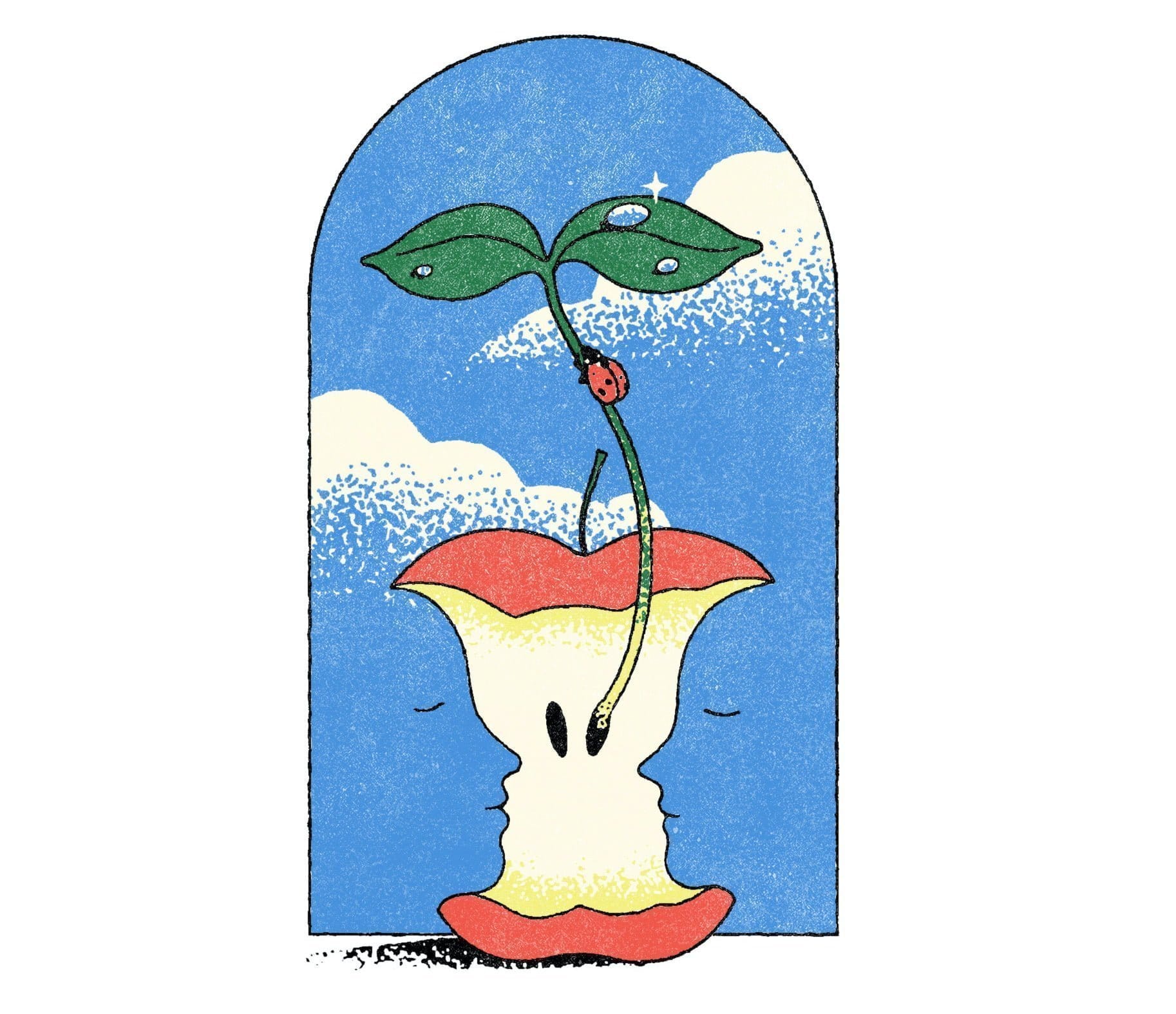
“Comparing ourselves to other humans and seeing how we’re doing – those are very innate, deep-seated urges”
Mindy Hernandez
Neighbourly nudging
Mindy’s next example of an external influence is one I’m especially pleased to hear about: comparing yourself with your neighbours. Instead of being something to be ashamed of, it turns out that this can actually be a powerful force for positive change. Case in point is an Indian energy provider Bangalore Electricity Supply Company. In a joint project with WRI, a person’s energy bill compared their energy use with that of similar, neighbouring households. This single, straightforward intervention decreased power use by 7%. Scaled to the entire city of Bangalore, that would be like getting 100,000 cars off the road and saving households almost $60 million per year. Trials in Italy and the US have seen similar reductions. These kinds of interventions are successful because, as social beings, our behaviour is influenced by what those around us do. “Comparing ourselves to other humans and seeing how we’re doing – those are very innate, deep-seated urges,” Mindy says.
They are indeed deep-seated urges, and I can’t wait to unleash mine. In fact, I’m already planning how to subtly bring the energy bill into the conversation next time I see my neighbours. I’m feeling confident, as I suspect even they have yet to master the art of colder, shorter showers. Maybe we can compare notes and learn from each other. But first, I have some meat-free meal plans to prep.
We’re able to tell stories like this because of people like you. Join others from around the world in supporting Imagine5’s mission towards a sustainable future. Become a member, or donate what you can. Find out more here
From awareness to action
Human behaviour helped bring about the climate crisis – can it help get us out of it? Welcome to the world of behavioural science: where governments, businesses and others are trying to figure out what works when it comes to changing our ways. Check out the UN’s list of 5 ways behavioural science can lower the barriers to environmental action and drive sustainable choices.

